Application of water-cooled plate helium mass spectrometer leak detector
Date:2022-03-30 Views:3429

The NOY helium mass spectrometer leak detector of Nuoyi is applied to the leak detection of water cooling plates.
The main function of the water cooling plate is to absorb the heat of the heating element and transfer it to the liquid. To ensure the good thermal conductivity of the water cooling plate and facilitate the removal of the heat generated by the battery for cooling, and considering the weight reduction of new energy vehicles, most water cooling plates are made of aluminum alloy. Its principle is to process and form flow channels in the metal plate, install electronic components on the surface of the metal plate, and the coolant flows out from the inlet, thus taking away the heat emitted by the components. According to the national standard GB38031-2020 "Safety Requirements for Power Batteries of Electric Vehicles" and the IP67 standard; Therefore, during the production process, not only the airtightness of the battery and battery pack needs to be tested, but also the airtightness of the water cooling plate needs to be tested, because its sealing performance is also directly related to the safety and power performance of the whole vehicle.
The water cooling plate is an important part of the battery cooling management system of new energy vehicles, which plays a good role in cooling and protecting the battery.
Generally speaking, the water cooling plate is to install a "cold circulating cold water plate" behind the heat-generating equipment. It is mostly used in various industrial electrical equipment, new energy electric vehicles, and high-power electronic communication equipment. It uses the water cooling cycle to complete heat transfer and then complete temperature regulation.
In the processing of water cooling plates in industrial production, it is necessary to use a helium mass spectrometer leak detector to test the sealing performance of the water cooling plates. Generally, helium leak detection methods can be roughly divided into three types, namely the helium spraying method (negative pressure method), the sniffer probe method (positive pressure method), and the vacuum chamber method. In terms of the sensitivity of these methods, the helium spraying method is more sensitive. However, when detecting the leaks of water cooling plates with a certain internal pressure and complex working conditions, it cannot be said for sure that the helium spraying method is more sensitive. Because evacuating and spraying helium can save helium gas, but it is difficult to accurately simulate the actual pressure-bearing working conditions of the equipment, and there may be undetected leaks. The vacuum chamber method has high detection accuracy, but it requires a large one-time investment in equipment, and the cost is very high for some equipment with low added value. Although the sniffer probe method has slightly lower sensitivity, it is easy to operate, can simulate the actual conditions of the water cooling plate, and only a standard machine equipped with a sniffer probe is needed to achieve leak detection, which has high feasibility and is therefore highly favored.
The principle of leak detection by the sniffer probe method is to fill the cavity of the tested part with helium gas at a certain pressure (it must be a mixture of helium and nitrogen), and then use a special sniffer probe connected to the leak detector to sniff the suspected leakage points, generally including pipeline joints, welds, and flange connections. Relatively speaking, the operation is visual. Once the leakage index is unqualified, the helium gas at this position will be captured by the sniffer probe and analyzed by the helium mass spectrometer leak detector to obtain the leakage reference value.
Although the leak detection by the sniffer probe method is convenient, it also has some problems, such as the cost of helium gas (recovery or mixed gas can be considered), and being greatly affected by the environment (for example, when there are many equipment with large leaks, the concentration of helium gas in the environment is high), etc. Considering the advantages and disadvantages comprehensively, using the sniffer probe method to detect the leaks of water cooling plates is also a trend. The traditional water detection method has low efficiency, and additional processes such as drying are required after detection. Although the detection cost is low, subtle leaks cannot be detected. Therefore, leak detection by the sniffer probe of helium detection has great potential and a large market application space.
The helium mass spectrometer leak detectors produced by Anhui Noy Technology have been widely used in many industries due to their excellent quality and stable performance to meet various applications. The company has established a complete after-sales service system, equipped with professional maintenance engineers, and responds to customers' service requirements 24 hours a day, providing a strong guarantee for the stable operation of the products. Welcome to communicate and correct!


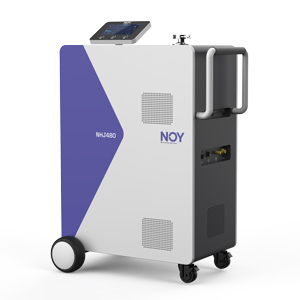
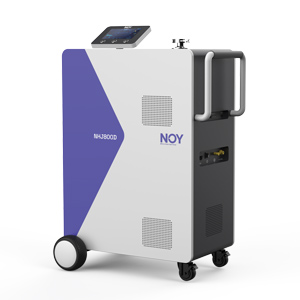
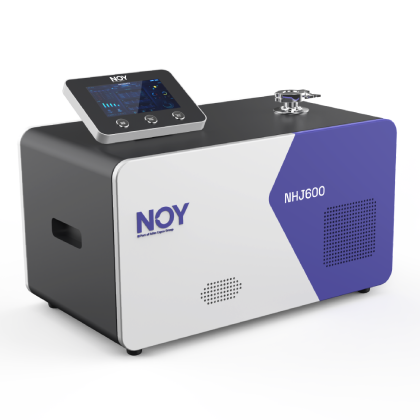
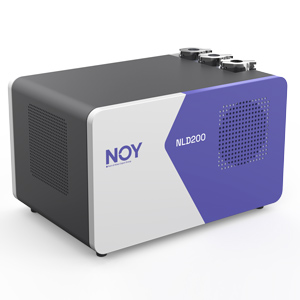
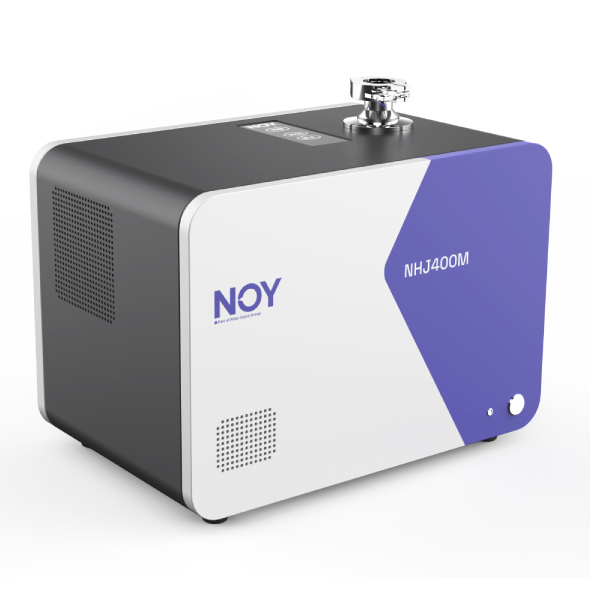
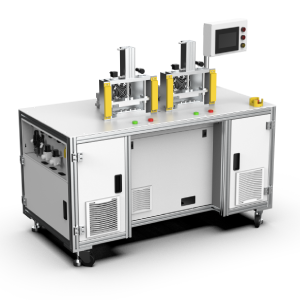

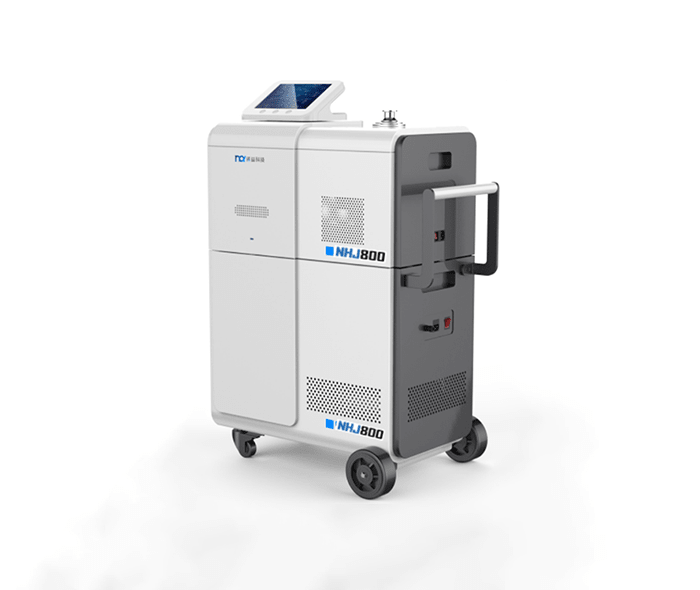
 Public Security Network Security Record in Anhui Province No. 34010302001915
Public Security Network Security Record in Anhui Province No. 34010302001915